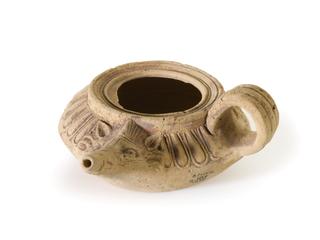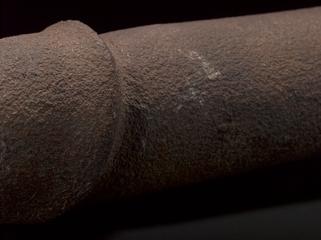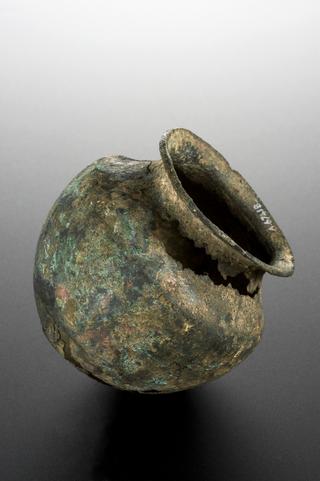
Canopic jar, Egypt, 2000 BCE-100 CE
- Made:
- 2000 BCE-100 CE in Egypt










Limestone human headed canopic jar, Egyptian, 2000BC to 100AD
The intestines, stomach, lungs and liver were removed from the body as part of ancient Egyptian mummification. The organs were placed in individual carved limestone canopic jars, each with a different shaped head representing four corresponding Egyptian gods – the Sons of Horus.
Each ‘Son’ looked after a different body part. Human-headed lids, such as this one, represent Imsety (Mestha), guardian of the liver. The jackal-headed Duamutef was the guardian of the stomach. The falcon-headed Qebhsnuf looked after the intestines; the baboon-headed Hapi looked after the lungs.
Details
- Category:
- Classical & Medieval Medicine
- Collection:
- Sir Henry Wellcome's Museum Collection
- Object Number:
- A635039
- Materials:
- limestone
- type:
- canopic jar




